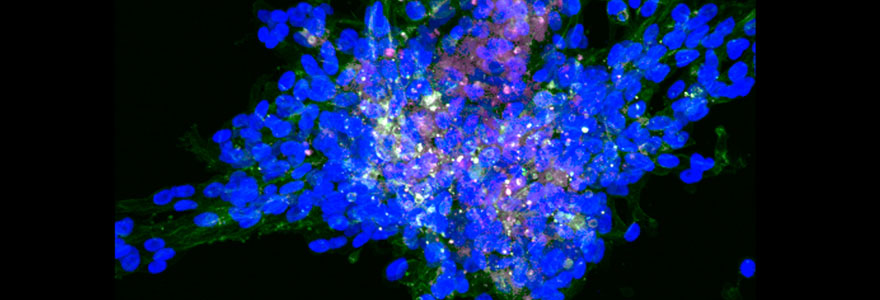Creating New Possibilities in Health Research and Dental Education

Enhancing dental education, as well as care and advancing research possibilities were at the top of list to receive funding this past year thanks to donor support through the Schulich Excellence Fund.
A key piece of imaging equipment called fluorescence digital imaging technology allows scientists to deeply understand gene and protein expression in cells was purchased and will be installed shortly at Robarts Research Institute.
"IT'S REALLY BECAUSE OF THE DONORS' GENEROSITY THAT POSITIVE CHANGE IS POSSIBLE. EVERY SINGLE GIFT IS MAKING A DIFFERENCE." — DR. GILDO SANTOS
“Access to the latest technologies, such as this equipment provides scientists with the inspiration to envision new experimental paradigms that can unlock the mysteries of our most challenging diseases including cancer and neurodegenerative disease,” said Robert Bartha, PhD, Acting Director, Strategy and Scientific Integration, Robarts Research Institute.
The technology dramatically increases capabilities at Robarts to quantify cellular protein levels and is used for a range of research applications. Caroline Schild-Poulter, PhD, is using the information gleaned from the new equipment to look deeply at the changes that occur when cells become cancerous.
“Changes in gene and protein expression underlie many disease processes,” said Schild-Poulter. “In my lab, we develop new systems to study how cells become cancerous. This equipment allows us to record changes in cellular components such as nucleic acids and proteins.”
On the education front, enhancements to the clinical spaces in Dentistry are improving clinical care and the training experience for dental students. Fifteen new dental radiology chairs are enhancing patient care and physical spaces for students.
Dozens of new intra-oral cameras are also being installed in the main clinic. These cameras will allow student dentists to visualize their patients’ teeth and gums on a big screen in real-time right at the chair-side. This is beneficial for patients to be able to see what the student dentist sees and fully understand the treatment plan.
It also provides instructors the ability to guide learning in real-time, and gives students access to equipment that they will likely use in their future practice.
“This is part of an ongoing initiative focused on digital dentistry in our curriculum,” said Dr. Gildo Santos, Associate Dean, Undergraduate Dental Education.
“The digital cameras provide a powerful communication tool for students. It allows them to communicate better with patients and paves the way for advances in digital dentistry.”
“With everything going on in people’s lives this year, it’s so gratifying that they continue to think about making a donation to the School,” said Dr. Santos. “It’s really because of their generosity that positive change is possible. Every single gift is making a difference.”








